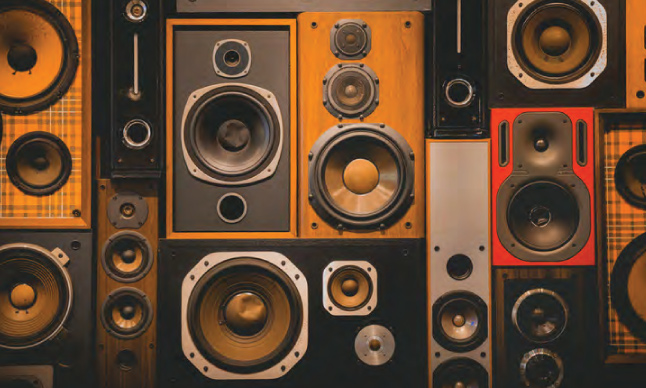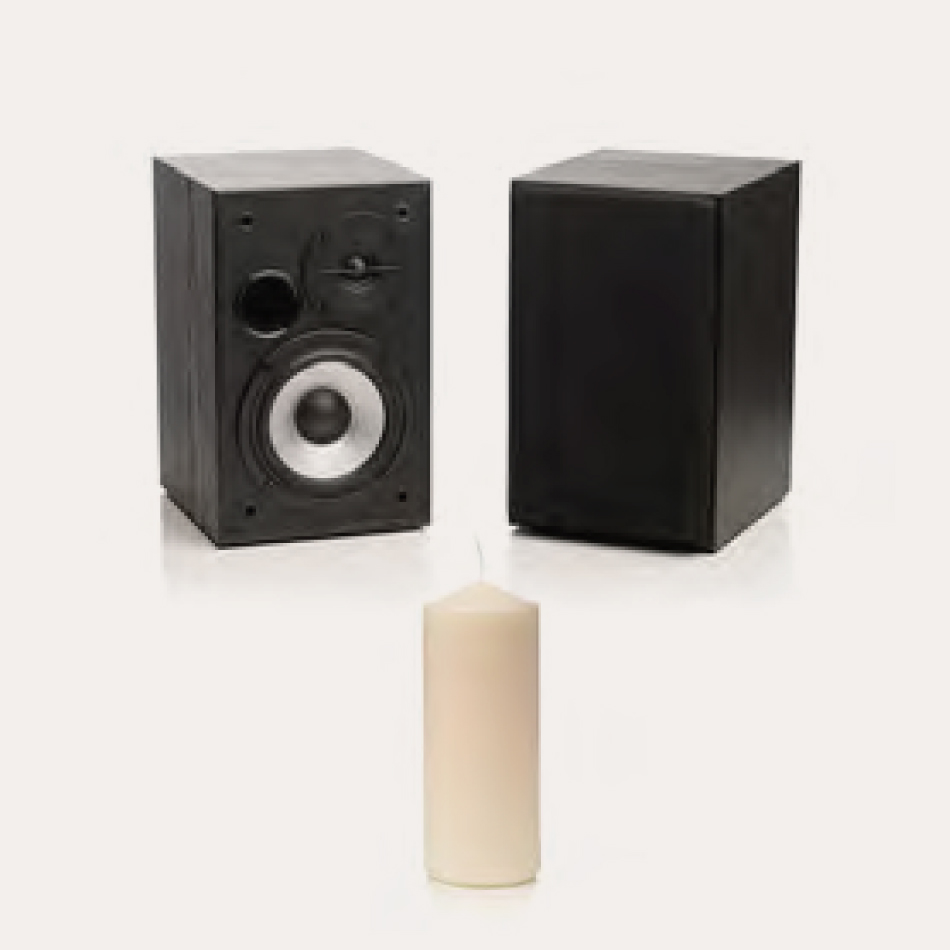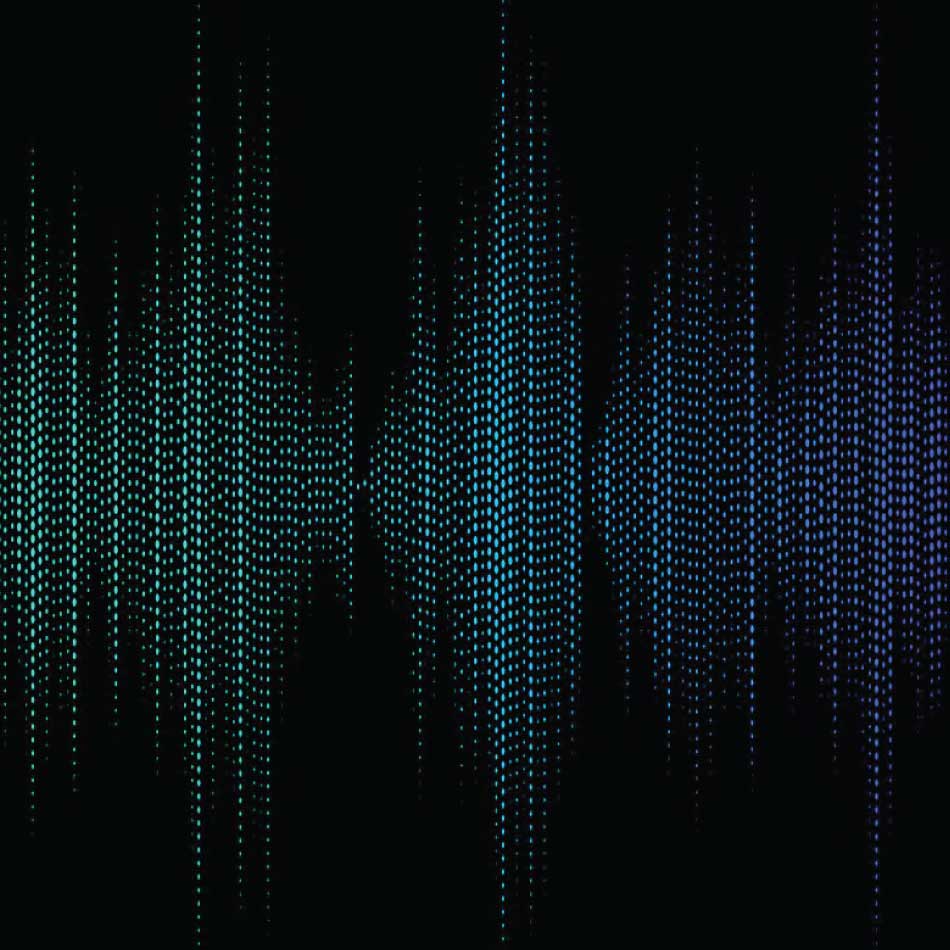
Using music vibrations, make fire groove to your beat.

Note: Adult supervision required.

1. Prepare:
Set the speakers about 30 cm apart and facing one another.
Place the candle firmly in its candle holder and set it about halfway between the two speakers. The top of the candle must be between the speakers, not above them.
If your candle's too tall, find a shorter candle or holder. You could also raise the speakers by standing them on books.
2. Assemble:
Light the candle.
Find your favourite music and turn the volume up high. Watch the candle flame.
3. Wait:
If the bass and treble can be adjusted on your music player, try turning each of them all the way up and then all the way down. Is there any difference in the flame's dance?
If you're playing a radio, does the flame respond to speaking voices, such as radio host or sports announcer?

When you sing or talk, membranes in your throat (your vocal cords) vibrate. You can feel the vibrations if you put your fingers on your throat while you make a sound. With each vibration, the membranes push the air, creating a series of pressure waves that mimic how fast and hard your vocal cords are vibrating. The same thing happens when you pluck the strings of a guitar or blow through a tuba or beat on a drum.
When sound is recorded or broadcast, the air pressure waves are turned into electrical signals that tell the amplifiers on your player how hard and how fast to vibrate in order to reproduce the original sounds. These pressure waves travel out from the speaker as puffs of air until they strike the candle and make it vibrate in tune.
When the pressure waves flow into your ear, they hit a thin membrane called your eardrum, making it vibrate. These vibrations are then passed to your middle and inner ear. You hear these vibrations as sound.